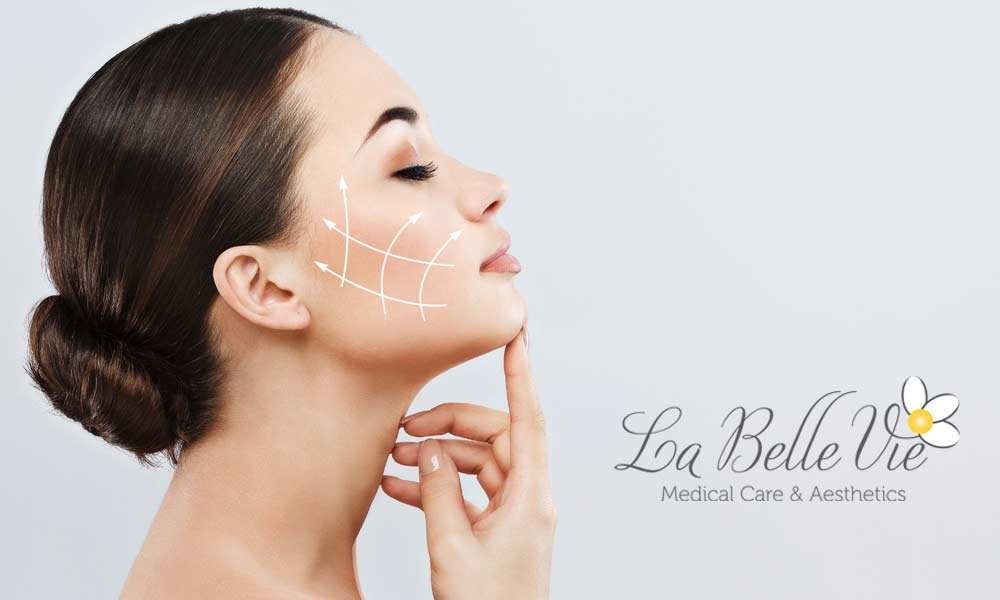As with all non-invasive cosmetic procedures, dermal fillers and PDO thread lifts have many benefits, but they can also have drawbacks. In this post, we’ll discuss both of these popular rejuvenation treatments and how to choose the right one for you. We’ll also briefly touch on filler burnout—the consequences of overdoing it with filler injections—and how to avoid it. Let’s get started.
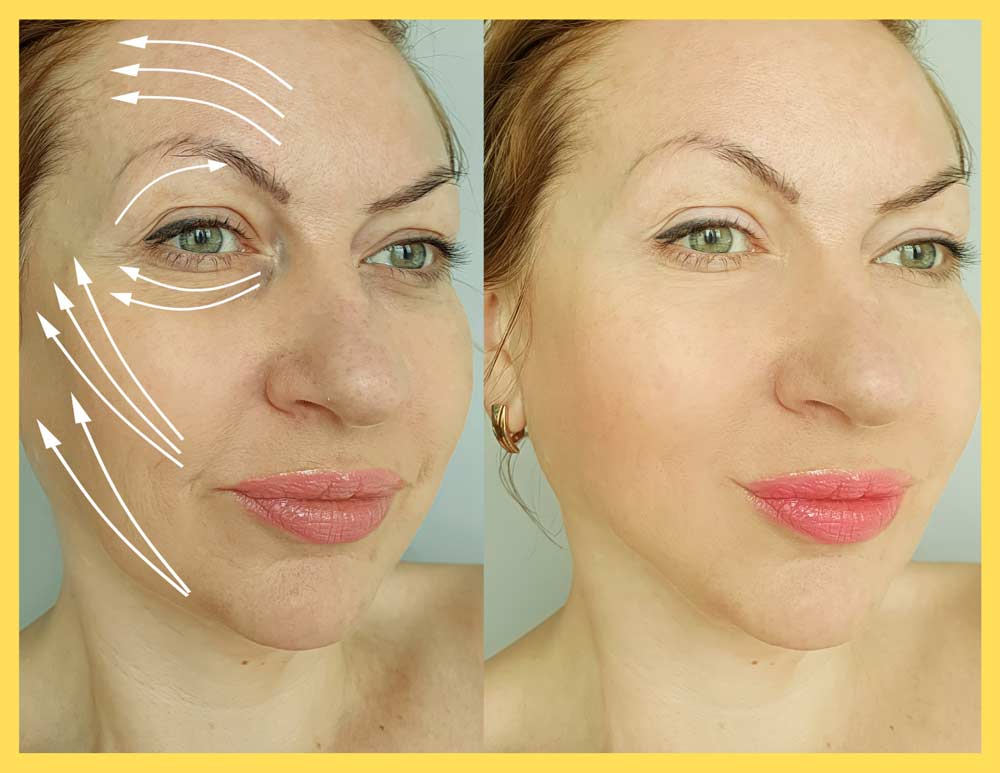
Zooming in on Appearances
There have been many unexpected trends during the COVID pandemic, but nobody could have foreseen the rising interest in aesthetic treatments. More than ever before, people are searching for non-surgical facelifts.
Staring at our own images on ZOOM meetings and other such platforms has led to a drastic shift in the number of people opting for rejuvenating and non-invasive beauty treatments—particularly for the face. In fact, 83 percent of respondents in one survey blame the increase on the “ZOOM effect.” It turns out that even when we’re stuck in the house behind a screen, we still want to look our best—perhaps even more so.
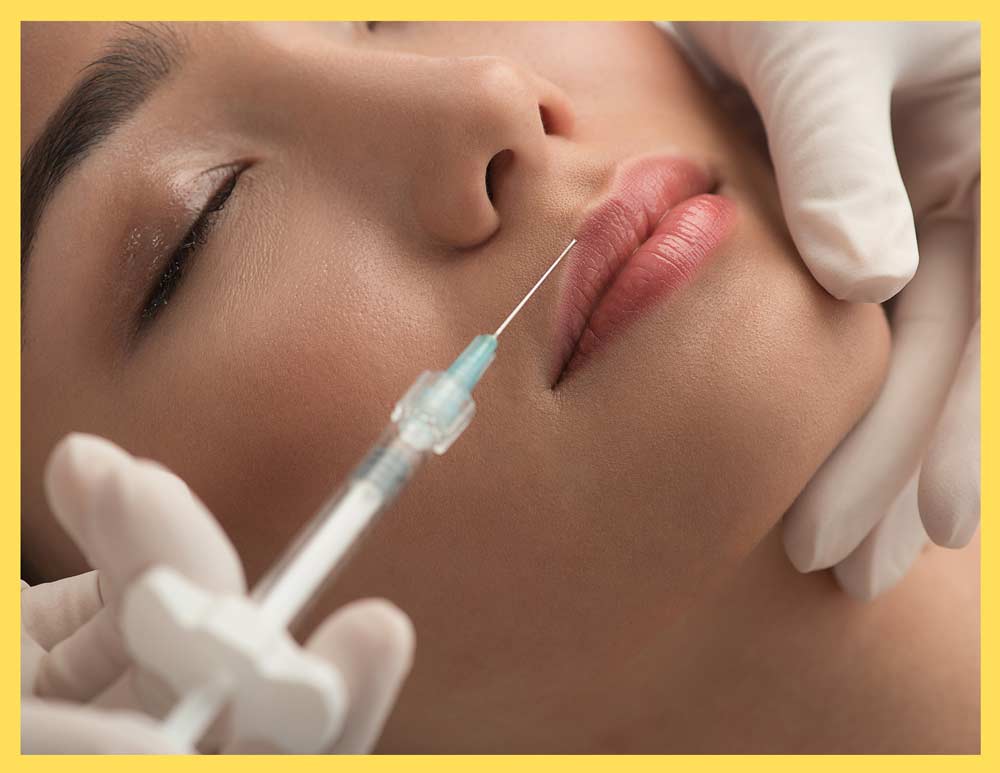
PDO Thread Lifts and Fillers: Two Popular Options
So what are most people opting for when they want to be camera-ready for the next online brainstorming session? Facial rejuvenation. They don’t want fine lines and wrinkles, undereye bags, dark circles, prominent jowls, or thin lips. Instead, they are aiming for a more youthful appearance, and fillers and thread lifts are at the top of the wish list. And it’s not just women looking for anti-aging solutions. Men also undergo PDO thread lifts and fillers. But why, exactly? Primarily because they offer dramatic results fast.
Dermal Fillers
Dermal fillers are injectables that contain gel-like substances that can help enhance facial contours, restore lost volume, and soften creases and wrinkles. They are a great alternative to plastic surgery since no knives or cutting are involved. Plus, the downtime is minimal. Aside from a bit of swelling and minor soreness, You can get right back to what you were doing.
What Can Dermal Fillers Do?
- Smooth marionette lines and parentheses
- Smooth out a chin crease
- Restore volume in your cheeks to avoid a sunken look
- Plump your lips
- Improve overall facial symmetry
PDO Thread Lifts
PDO thread lifts are another type of non-surgical facelift. But unlike fillers, they use special threads made of Polydioxanone (PDO). There are several different types of threads, but the idea behind them is the same. A technician anchors the threads into your skin with needles and gently pulls up to lift and tighten areas of sagging skin.
What Can PDO Thread Lifts Do?
- Lift sagging jowls
- Tighten loose skin
- Minimize “turtle neck”
- Stimulate collagen production
- Enhance skin texture
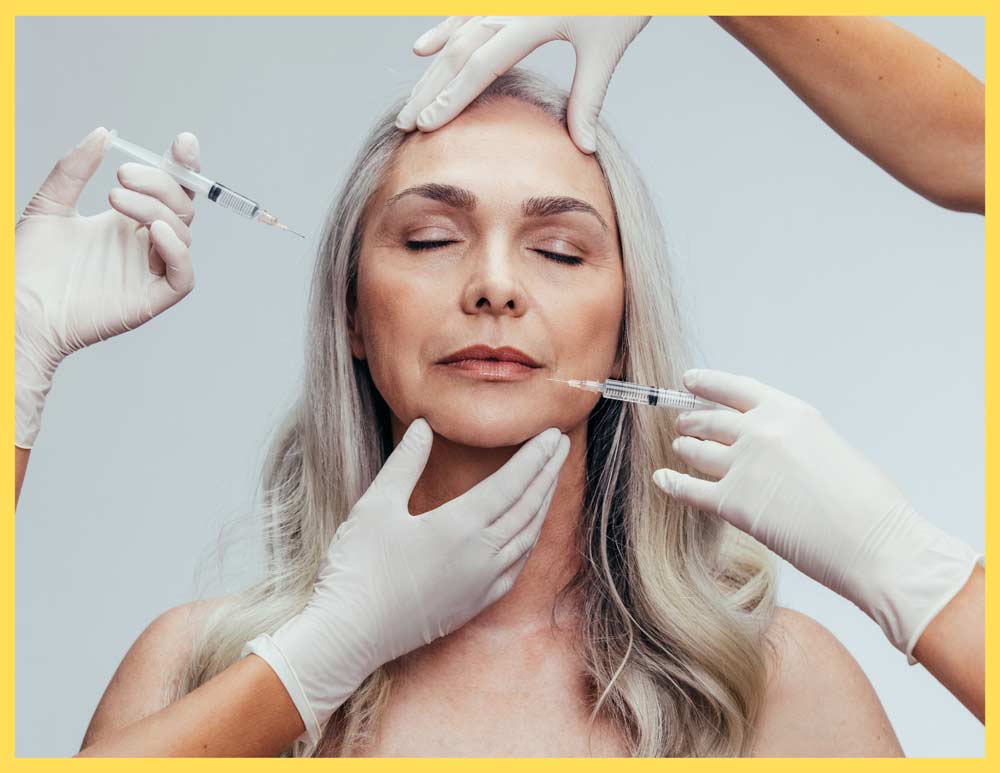
Comparing Thread Lifts to Fillers
When you compare PDO thread lifts to filler injections, they are obviously designed to do the same thing—namely, to combat the signs of aging and restore an individual’s youthful appearance. So what’s the difference between these two procedures, and does it even matter which one you choose? After all, when it comes to non-invasive treatments, they are the gold standards for patients who want to significantly lift and firm their facial features. So let’s compare dermal fillers and PDO thread lifts.
How Long Does Each Treatment Take?
- Dermal fillers take around 10-15 minutes.
- Thread lifts take approximately an hour.
What Can Each Accomplish?
- Dermal fillers can target specific areas of concern, but they require touchups to maintain results.
- PDO Thread lifts are best for focusing on the whole face rather than one problem area.
Do Dermal Fillers and PDO Thread Lifts Hurt?
- With a topical anesthetic, most patients find dermal fillers only mildly uncomfortable—similar to a bug bite.
- Thread lifts are performed with a local anesthetic since patients find them more uncomfortable than fillers.
What Are the Possible Side Effects of Thread Lifts and Dermal Fillers?
Both procedures can cause redness, bruising, swelling, and tenderness. Also, if the treatments are poorly administered, fillers can cause puffiness and lumps, while thread lifts may not stay in place properly.
The importance of visiting a professional medical spa-like La Belle Vie in Draper cannot be overstated. It’s imperative that you are cared for by experienced, certified, and skilled technicians.
Is There Any Downtime With the Procedures?
- Patients who undergo dermal filler injections can resume their regular activities right after treatment. Although the area may be sore or sensitive, these issues will resolve within a few days.
- Patients who have thread lifts can typically get back to most of their regular activities but should not drink alcohol, smoke, engage in vigorous workouts, or sleep on their side for several days following the procedure. Your practitioner will provide you with more detailed instructions.
When Will I Notice the Results of Thread Lifts or Fillers?
- With dermal fillers, you’ll likely see results immediately following the injection, but it can take 24 to 48 hours for the filler to settle into place.
- Thread lifts will also give you instant results. However, if you have a lot of inflammation, you might not see the final results for several days.
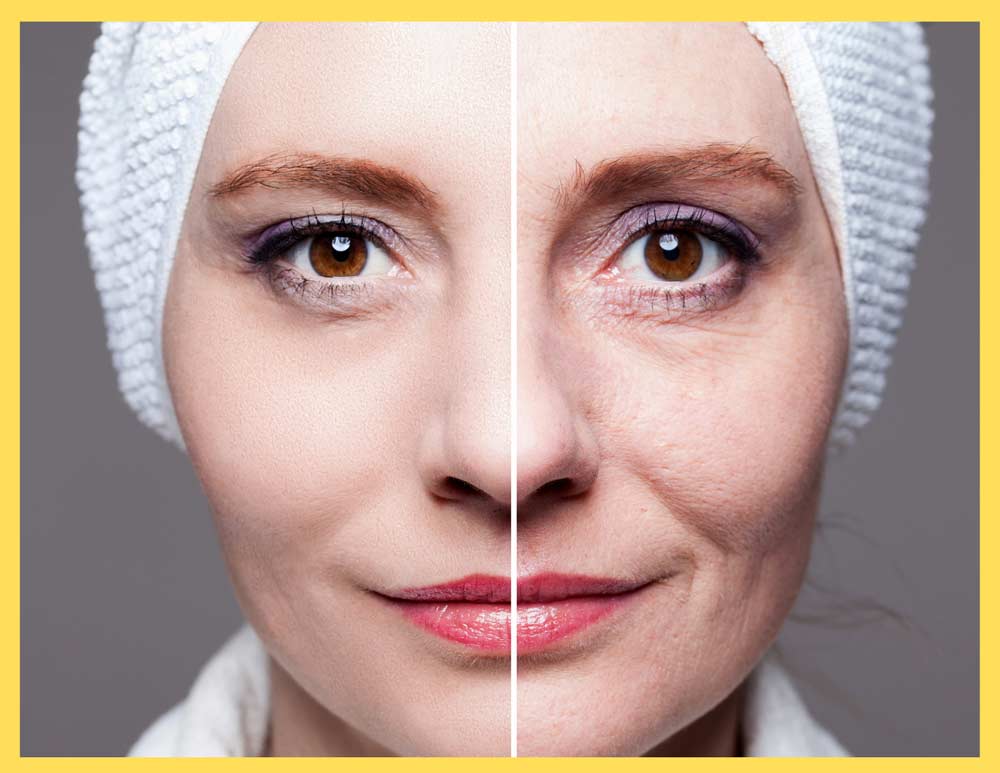
How Long Do the Results of Dermal Fillers or Thread Lifts Last?
Another thing to consider when choosing between dermal filler injections and PDO thread lifts is how long the results will last. If you like your new look and want to maintain it, you’ll need follow-up treatments.
- The results can last between six to nine months with dermal fillers, while thread lifts can last a year or more.
- This brings up an essential consideration about both of these treatments. How many times can you get them?
Neither procedure is designed to be permanent. As a result, many patients undergo treatments at regular intervals to maintain a youthful appearance. You can repeat the process every 12 to 18 months with thread lifts. With dermal fillers, you can have touchups every three to six months. But is it a good idea?
Filler Fatigue
In 2018, some people began using the terms “filler fatigue” or “filler burnout” to describe the consequences of repeated rounds of injectable fillers over time. And it makes sense. Theoretically, the more filler that goes into your skin, the more it stretches to accommodate the gel. It doesn’t get time to absorb into the body between sessions if you inject too much at once.
Eventually, as you age further and your body stops making as much collagen and elastin, your skin could have a harder time bouncing back from each session, which means it may appear even looser than it did before you started.
You’ve probably seen photos of fillers gone wrong—from puffy and unnatural-looking cheeks to overly pointy chins to the dreaded “trout pout .” The problem is that using too much filler too often can drag your skin down—requiring even more filler to make you look “normal” again.
How Can You Avoid Filler Burnout?
First off, carefully consider your choice of a practitioner. An experienced professional in aesthetic treatments will be able to assess your features and know the right amount of filler for you. Most will recommend the smallest possible amount of filler to get the desired results and discourage you from the temptation to overfill.
Done correctly, injectable fillers give you an outstanding lifting and smoothing effect. You may worry your provider is being too conservative, but it’s better to be careful than have a puffy, sagging face.

Dermal Fillers vs. Thread Lifts: Final Thoughts
If you’ve read thus far, you’ve likely concluded that there is no right or wrong choice. Thread lifts and injectable fillers each have their merits, and both procedures can give you the revitalized complexion you’ve been dreaming of. However, it’s important to remember not to go overboard.
Don’t just base your decision on something you read about or a photo you saw in an advertisement. Instead, schedule a consultation with your aesthetic provider, who can help you determine which treatment is will work best for you.
And, of course, if you have questions about injectable fillers, PDO thread lifts, or any of our other medical spa treatments, reach out anytime.

